
Culture
22:46, 24-Nov-2018
From village to village – self-taught architect finds himself back at home
Updated
22:13, 27-Nov-2018
CGTN
04:38
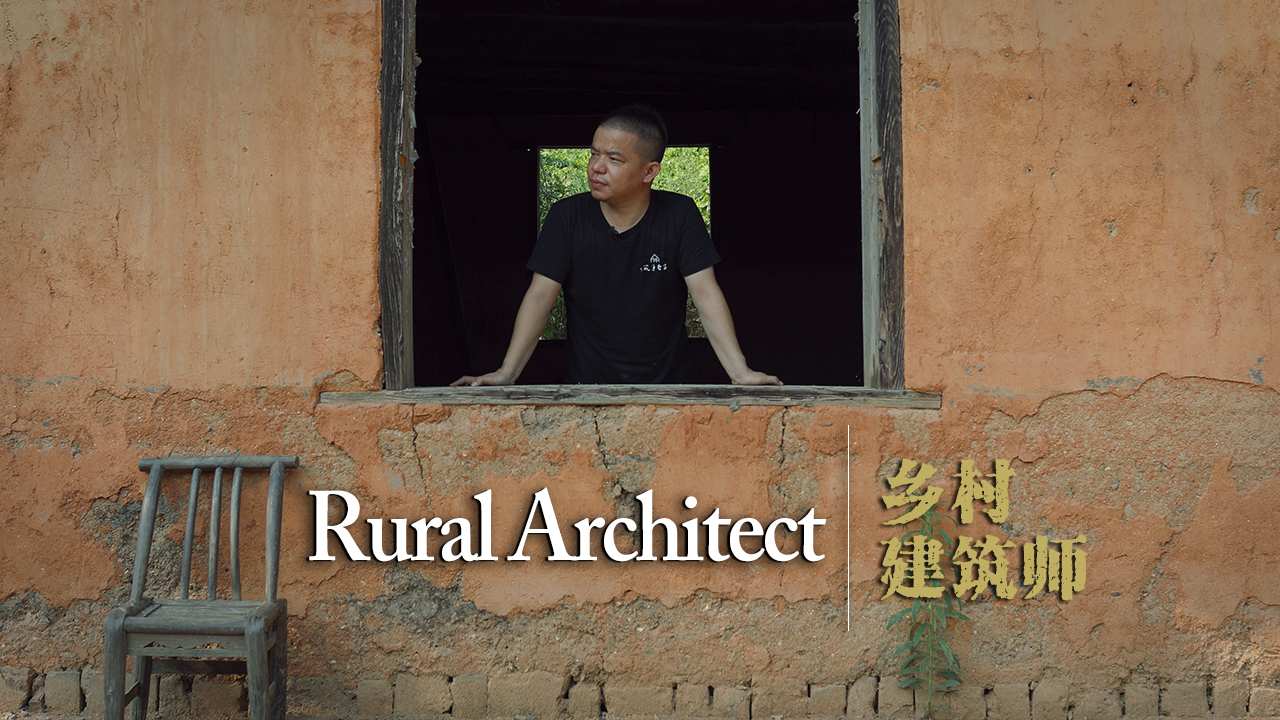

CGTN
CGTN
Growing up in a small village surrounded by mountains, Wang Qiu'an used to think that the sky was simply a cover for the mountains. And one day, he would reach the sky by moving through the mountains.
“It was my secret garden, such a small world made me carefully observe everything, this has helped me a lot in my work now,” said Wang.
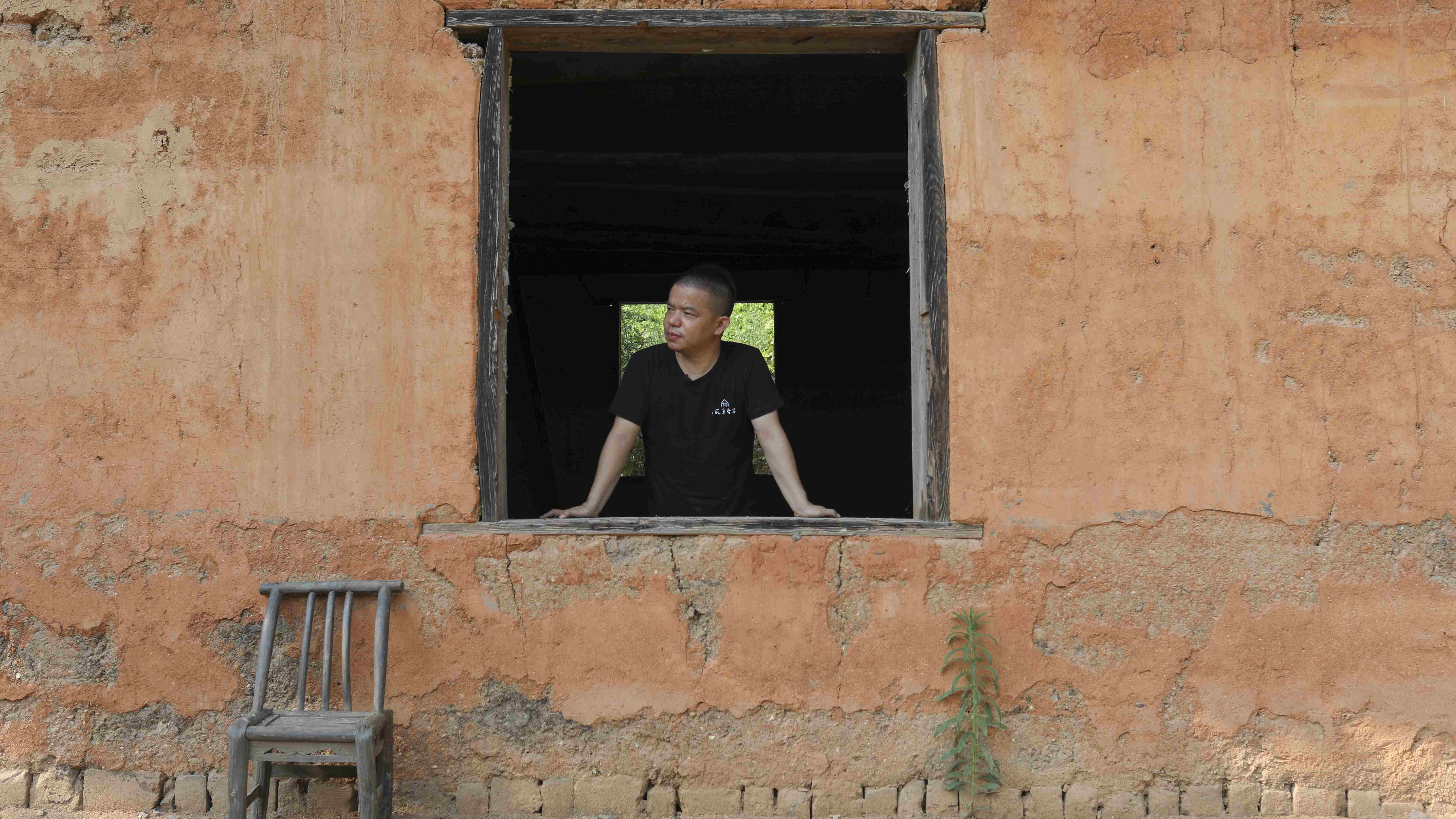
Wang Qiu'an /by Li Yingying
Wang Qiu'an /by Li Yingying
Now an architect dedicated to rural construction, Wang clearly remembers his childhood home in China's Hunan Province. The orange rammed earth house was built by his father when he was two years old. Typical of other homes in the village, he liked to watch the swinging of hammers, manifesting itself in the final structure.

Wang's hometown, “Xiao Tangpu” village, located in the northeast of Hunan Province /by Li Yingying
Wang's hometown, “Xiao Tangpu” village, located in the northeast of Hunan Province /by Li Yingying
Two brave decisions and three 'five-year plans'
When Wang was 10 years old, his father passed away due to illness. Following his death, all the burdens of the family fell on his mother. When Wang graduated from junior high school, relatives thought that he needed to go to senior high school in order to go to a good university. As the only child, Wang did not want to put too much pressure on his mother, and decided he needed to make a living on his own. So, he made the first brave decision in his life – foregoing senior high school, and opting for art school instead.
This decision led him to Beijing after he graduated, taking a job focused on exhibition and museum design. Three years later, he set up his own design company. By the time he was 22, he had already bought an apartment and a car in Beijing. However, though his work was getting better and better, he continued to feel more anxious.
All his costly and time-intensive design work were torn down when exhibitions ended, leaving nothing behind.
At the age of 26, his anxiety reached the point of collapse. Here, he made his second amazing decision – he closed his company, sold the apartment, refused all work. Inspired by the desire to make something more permanent, he decided to go to school to study architecture.
“In order to make myself more concentrate on studying architecture, I cut off all the connections, only my mother knew where I was,” said Wang.
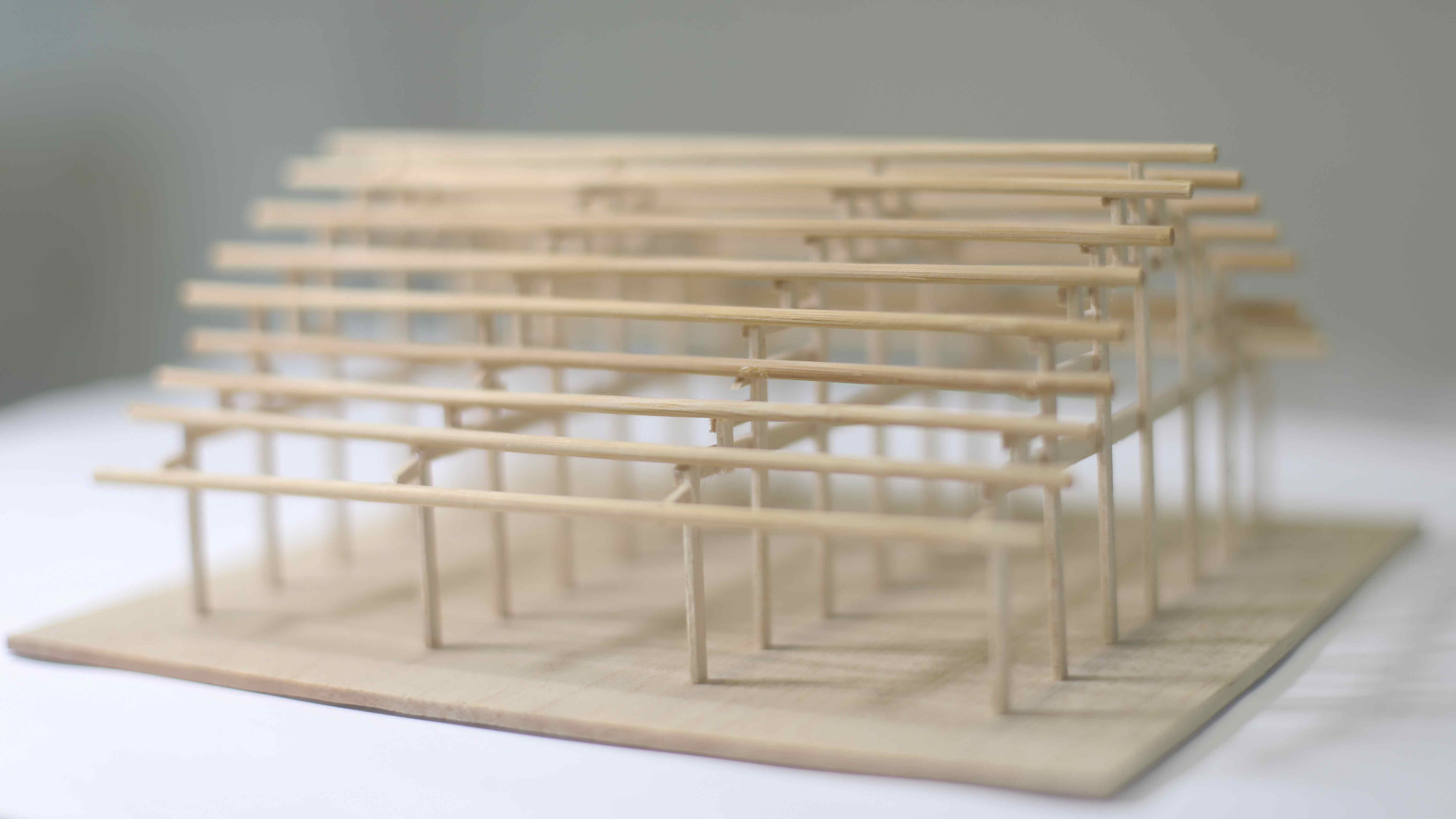
Models of Wang's designs /by Li Yingying
Models of Wang's designs /by Li Yingying
Deciding to join a program in Tianjin, Wang became an autodidact, teaching himself the physics and math he would have learned in senior high school. In his five years of study, he regarded every assignment as a real-world experience.
Now in his thirties, Wang returned to work in villages like his hometown as an architect. “I have tried my best to get out from the village, but now I'm back again,” Wang said jokingly. “I think rural construction is a very meaningful work. If I design a house or building for a rich man or a company, I fulfill only one person or one group of people, but if I do rural construction, I might help a large number of people who were originally helpless, or even desperate,” said Wang.
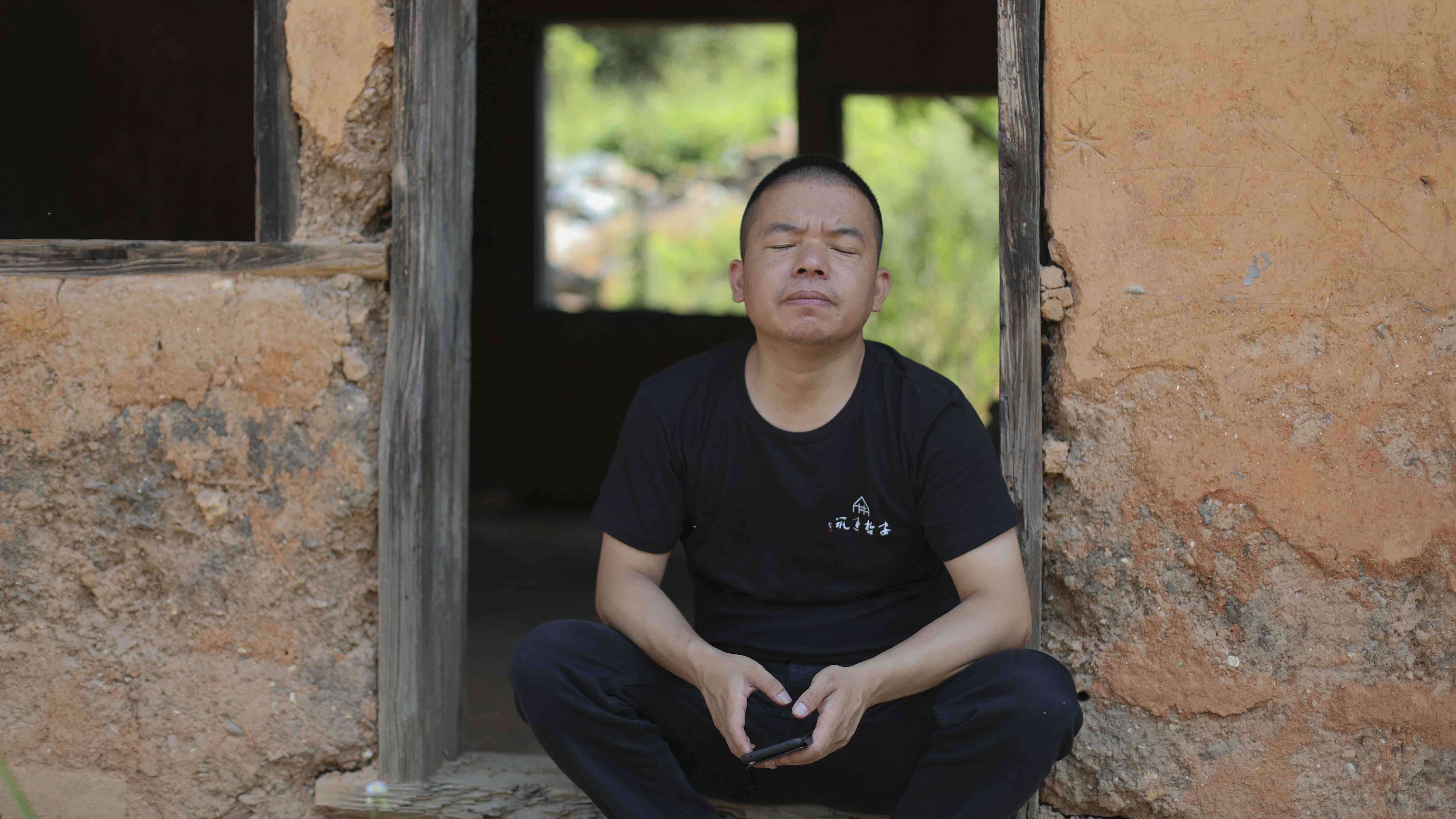
Wang decided to design his orange rammed earth house. /by Li Yingying
Wang decided to design his orange rammed earth house. /by Li Yingying
Wang has his own way of rural construction. The first step is to research into the resources and local features of the village. Then, he communicates the plan with villagers with patience. Making a solid model is an essential step, so people can intuitively get the sense of the design. When the final design is accepted by all villagers and the local government, construction begins.
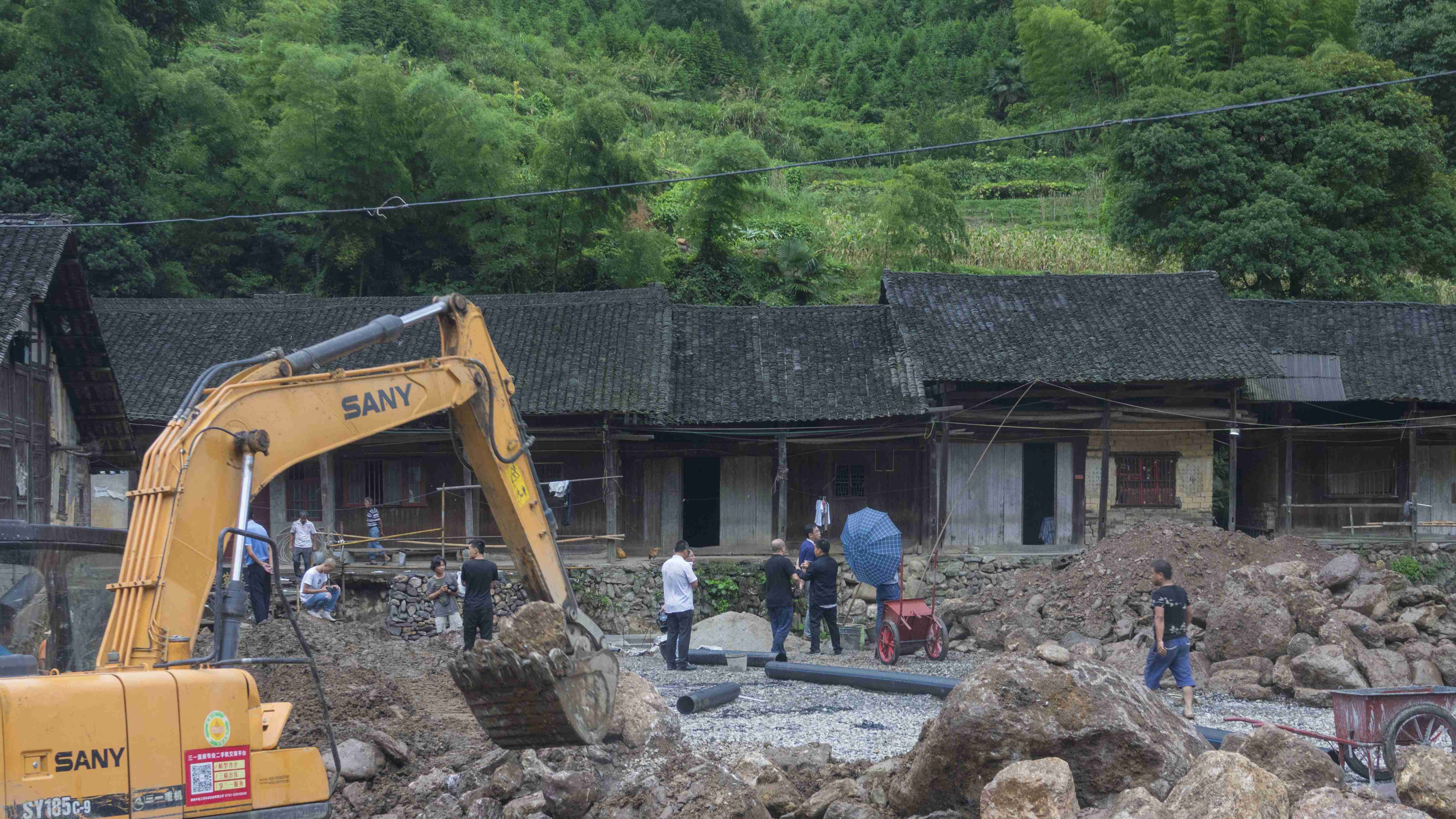
Wang doing research in a village /by Li Yingying
Wang doing research in a village /by Li Yingying
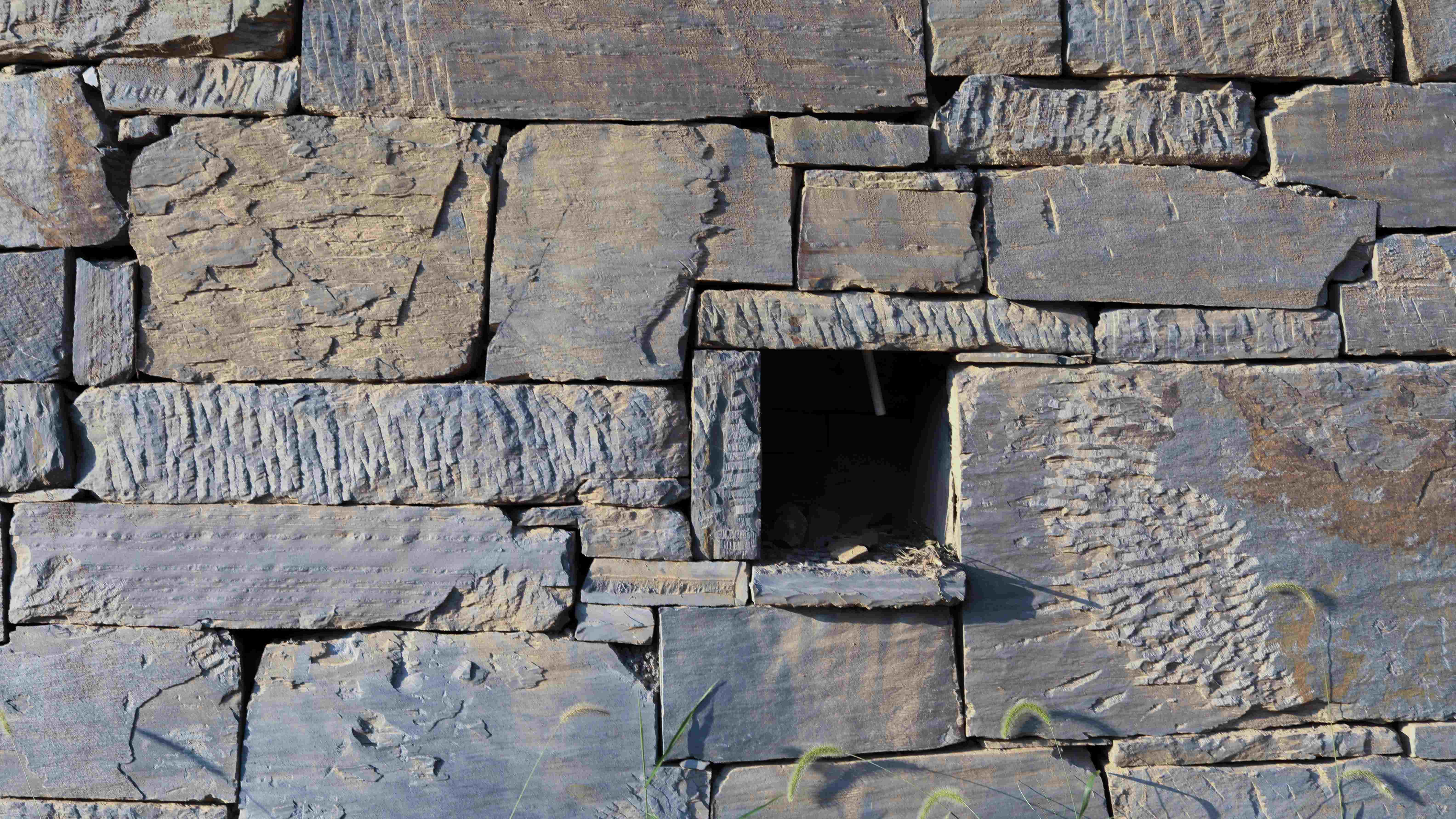
He decided to build up his old house's wall with irregular local stones. /by Li Yingying
He decided to build up his old house's wall with irregular local stones. /by Li Yingying
His designs are guided by the principles of keeping the local style and making sure buildings meet the demands of modern life. On the basis of these principles, he makes sure buildings are livable, easy to visit and are aesthetically pleasing.
He has three “five-year plans.” Having already completed his first two, his next plan is to read more, think more, and make his designs more insightful. He is very clear that his purpose is not to earn money but to do work that he believes in.
Now, at the age of 38, he owns an architecture firm in Beijing. He has designed more than 60 Chinese village halls. He's busy shuttling back and forth between cities and villages. He insists on traveling to learn from other architectural styles. To date, he has been to more than 60 countries and has visited more than 400 structures.
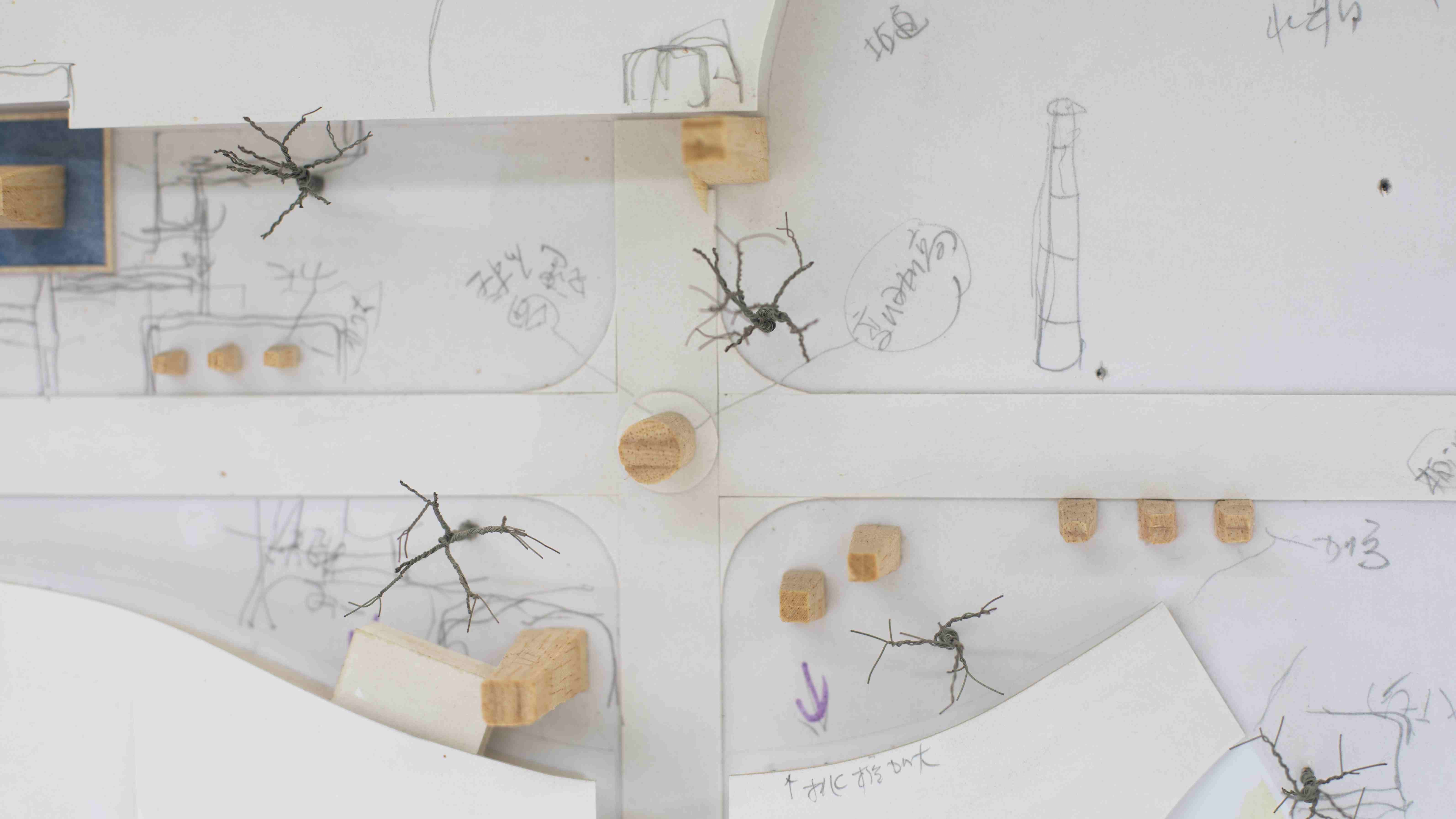
Models of Wang's designs /by Li Yingying
Models of Wang's designs /by Li Yingying
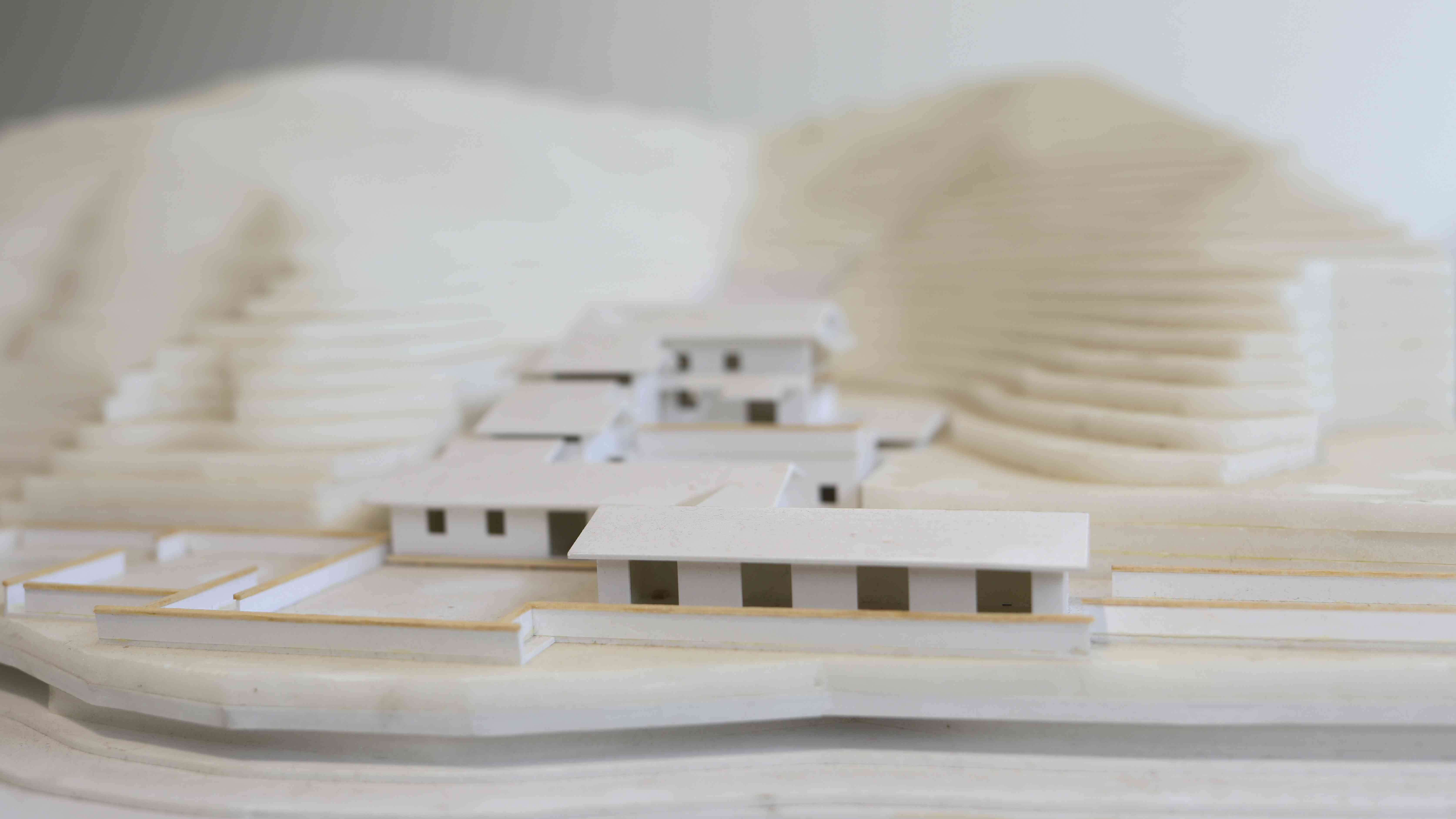
Models of Wang's designs. /by Li Yingying
Models of Wang's designs. /by Li Yingying

The story is one in The 1.3 Billion series exploring the diverse lives that make up China.
The story is one in The 1.3 Billion series exploring the diverse lives that make up China.
Director:Li Yingying
Editor:Li Yingying, Gao Xingzi
Filmed by: Li Yingying, Li Feng
Designer:Yin Yating
Article Written by: Li Yingying
Copy Editor: Xuyen Nguyen
Producer:Wen Yaru
Chief Editor: Zhao Jianfu
Supervisor:Pang Xinhua

SITEMAP
Copyright © 2018 CGTN. Beijing ICP prepared NO.16065310-3
Copyright © 2018 CGTN. Beijing ICP prepared NO.16065310-3